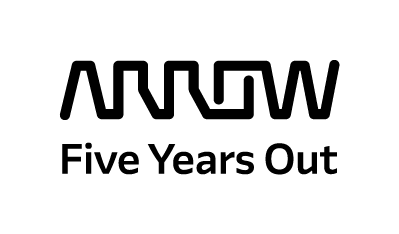Convenience is the Enemy of the Good

The aphorism “The perfect is the enemy of the good” is well known to many who routinely meet deadlines. With more time, we think, “I could make this better,” but the commitment to delivering on time often rules.
En route to sustainability, I think the bigger culprit is convenience. In last year’s IDC Directions conference, an analyst proclaimed, “Convenience trumps everything.” And I fear she’s right. How else can one explain that despite increased awareness, people are actually throwing more electronic waste into the trash than they did in the past? (Check out our new IT Asset Disposition Trends Report.)
Why do people knowingly throw potentially toxic items into a waste stream that ultimately impacts our soil, water and air?
The answers: “It’s easy.” “It’s convenient.” “It saves time.”
These are the same reasons why we persist in creating and using single-use products without paying attention to where these products ultimately end up or the consequences of that disposition.
How many tons of paper cups, plates and trays, plastic cutlery, baby diapers, packaging, bottles and cans, and other garbage are being thrown away every second? In the U.S., it’s close to 8 tons a second (251 million tons per year divided by days in the year divided by seconds in the day).
And once in the trash, how long do these items take to decompose? Check out some of these stats from the website Be Healthy and Relax:
- Aluminum Cans: 200-500 years (But if recycled, they can be reused within 6 weeks.)
- Disposable Diapers: 550 years
- Plastic Bags: 20-1,000 years
- Plastic Jugs: 1 million years
- Glass: 1-2 million years
- Styrofoam: 1+ million years
Included in that burgeoning U.S. waste stream is an annual 3.2 million tons of electronic waste. The problem with electronics is that unlike the materials above, they are a mixture of materials that decompose at different rates, and their decomposition unleashes toxic material. Electronics typically include:
- Plastic
- Copper
- Aluminum
- Gold
- Brominated Flame Retardants
- Lead
- Mercury
- Cadmium
- PVC
Depending on conditions, it might take years, decades or even centuries for some of the materials to break down. Others will not break down at all – including lead and mercury – leaving a forever-toxic legacy.
“Reduce consumption” is still the first and best strategy when it comes to combating waste. “Eliminate” is my goal for e-waste. We at Arrow’s Value Recovery business keep all the electronics we process out of the waste stream, redeploying, repairing, refurbishing, remarketing and returning recovered materials to the manufacturing[1] stream. Not only that, but we also make it convenient.
In the case of e-waste, convenience is not the enemy of the good. It’s part of the sustainability solution.
[1] Through our Recycle IT Right® process, Arrow de-manufactures assets, reusing everything reusable, and separating materials into commodities that are processed by specialized recyclers. Thus, we never, ever throw any electronics in the trash, and we recover everything we can to return it for use in new products.

